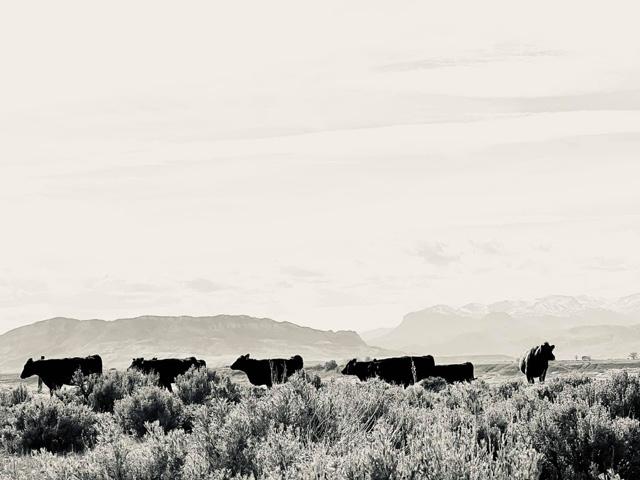Call the Market
Cattle Inventory Report Shows What Could Affect Cattle Market Moving Forward
As we wade through the beginning weeks of any new year, pinpointing where the market is headed is at the forefront of everyone's mind. It would be a lot easier if the cattle market had a set equation of what influenced it and if those factors never varied -- but that's simply not the case.
What makes our job even more difficult is that, on any given day, what we believe to be the biggest market influences can turn and change in an instant.
So, let's discuss some of these factors and what should be on your radar moving forward.
First, we cannot overlook the impact January storms have had on fed cattle. For the week ending Jan. 20, steers averaged 918 pounds, which is 9 pounds less than a week ago but still 3 pounds more than a year ago. During the same week heifers averaged 833 pounds, which is 16 pounds less than a week ago and 3 pounds less than a year ago. And feedlots in Nebraska and Kansas reported cattle they've recently shipped have ranged anywhere from 70 to 100 pounds lighter than their target weight.
P[L1] D[0x0] M[300x250] OOP[F] ADUNIT[] T[]
Carcass weights will likely continue to fall for the next couple of weeks, painting a different picture for the fed cattle market than what was originally predicted.
Packers saw the supply crisis building and actively procured cattle earlier than normal this past summer. Everyone knows we have more cattle on feed compared to a year ago. This would normally be a concern, but given the recent weather stressors cattle have endured, these cattle aren't going to meet their target weights as expected, which could help support higher fed cattle prices this winter/early spring.
Second are the effects of Jan. 31's release of the Cattle Inventory report. The highly sought-after Cattle Inventory report shared decreased figures across all categories, but the ones that drew producers' attention the most were the beef cowherd, beef replacement heifers and calves under 500 pounds. Both the beef cowherd (28.22 million head) and beef replacement heifers (3.05 million head) came in at 98% of a year ago and clearly indicated that producers are not through the liquidation phase in this cycle.
The two largest contributors to whether the U.S. cowherd will be in growth mode or will be liquidating are: green grass and profitability. And although most Northern cow-calf producers saw a wetter year in 2023, drought still plagued producers in the South. And even with all-time-high feeder cattle prices in 2023, higher prices don't directly correlate to greater profitability in this day and age, as input costs have also risen dramatically in the last five years.
The other line-item that caught producers' attention was that calves under 500 pounds as of Jan. 1, 2024 only totaled 13.28 million head -- which is the smallest calf crop since 1941. We expect imports in 2024 to be like what we saw in 2023 -- but even with greater feeder cattle imports, feeder cattle prices in 2024 will remain strong, and could even be stronger than the prices seen in 2023.
As the market continues to gain footing in this new year, be aware that changes in beef prices, strenuous weather conditions or surprises in big-hitting reports can really change and alter the outlook for the remainder of the year.
ShayLe Stewart can be reached at ShayLe.Stewart@dtn.com
(c) Copyright 2024 DTN, LLC. All rights reserved.






